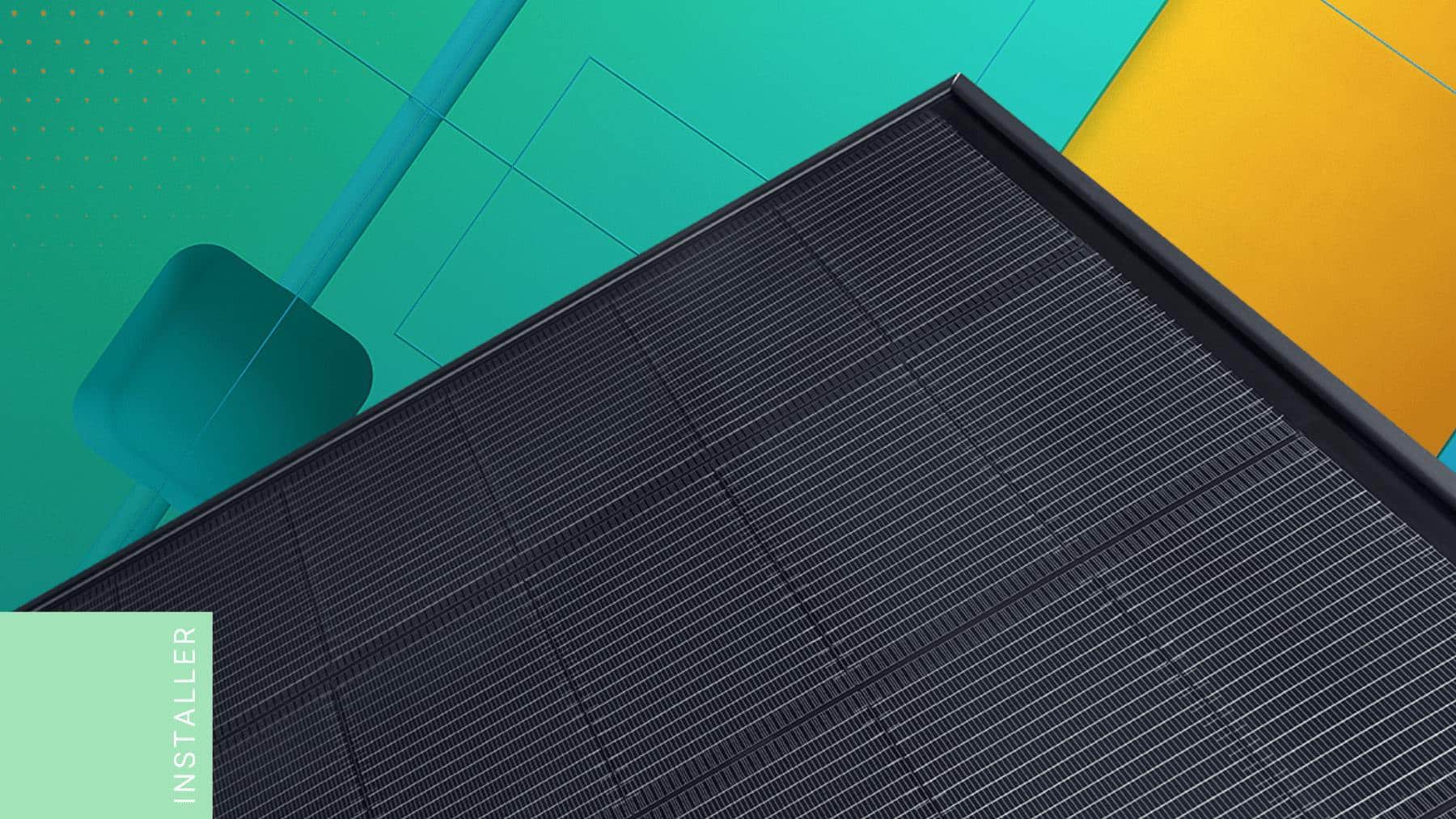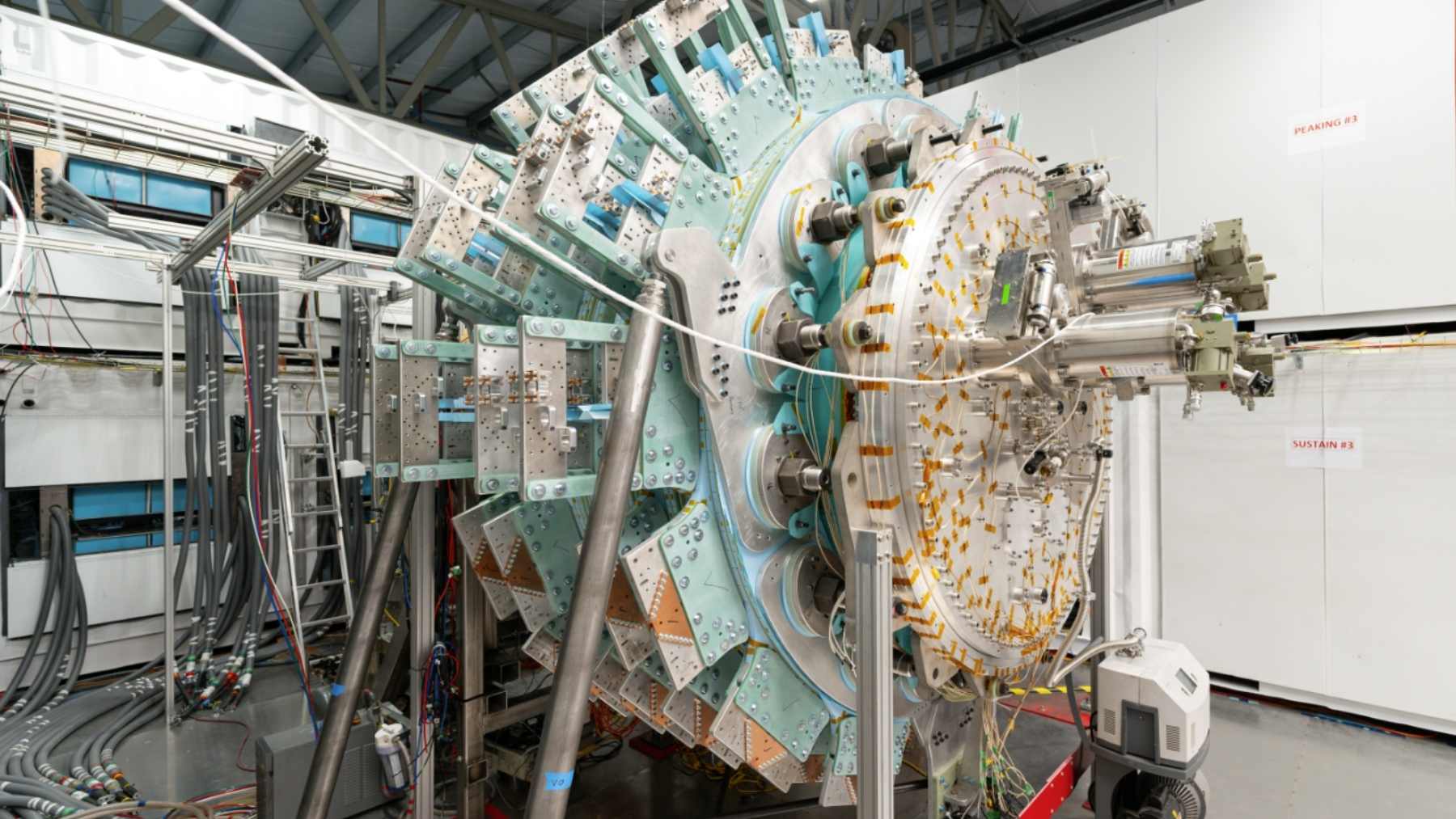American rooftops are about to enter a new phase. The revolution isn’t just about cutting energy bills, but about how we use every available square meter to produce more electricity. Interestingly, this shift isn’t happening with a gigantic power plant or futuristic panels straight out of a science fiction movie. The change comes from clever design: modules that can squeeze even more power into less space. In other words: more energy, fewer modules on the roof, and a look that even adds value to the home. But what exactly is behind this transformation?
Solar’s next frontier: more power in less space
For a long time, the formula was predictable: if you wanted more solar power, you had to cover your roof with more panels. The result? Heavy structures, cluttered roofs, and not always the prettiest look. That rule is now broken. The new competition is around energy density, how many watts you can pull from every square meter. And that matters because:
- Fewer panels mean lower installation costs.
- The roof looks cleaner and less like a chessboard.
- Even small city rooftops can get into the solar game.
“The future of solar energy is not just about generating more, but generating better–using every inch intelligently.”
And there’s another twist: these new panels don’t just add watts. They resist microcracks, perform better in the heat, and even keep producing when part of the roof is in shade. That’s where a new generation of 470 W panels takes the stage.
The real solar race
We’re talking about the REC Alpha Pure RX Series 470W. This model features a robust technology package, heterojunction (HJT), an all-black design, and a gapless cell layout. The result is more power in a smaller usable area, with a minimum degradation rate of 0.25% per year. While the aesthetics are quite eye-catching, the real leap lies in the engineering behind the product. This panel is designed to deliver power, longevity, and sustainability without compromising the look of your home.
Speaking about its comparison with competitors, we can highlight that the SunPower Maxeon 7 has a higher efficiency (24%) and a 40-year warranty, but a higher price tag. Jinko Tiger Neo (635 W) has an impressive raw power, but a lesser reliability track record. REC’s model isn’t the most efficient in absolute terms, but it delivers a balanced package that weighs heavily in the purchasing decision. Just like these curved tiles sneak sunlight into classic shingles.
The future of rooftops: chasing numbers or trusting reliability?
Prices hover between £150 and £400 per panel, but the math only makes sense when you zoom out: 20 years of product warranty (25 if installed under ProTrust), plus a performance warranty that promises at least 92% of output even after 25 years. The track record: out of 4 million panels built each year, fewer than 500 come back with warranty issues. That’s an absurdly low failure rate. Customers are saying that:
- 46% said the savings exceeded expectations.
- Only 40% would “strongly recommend” it, the lowest rate among peers.
- The all-black aesthetic is often praised as a big plus.
Those 470 W packed into fewer modules are more than just a number; they’re a glimpse of where rooftops are heading. Sure, SunPower pushes higher efficiency, and Jinko shows off raw wattage. But REC is betting on something else: a mix of reliability, design, and sustainability. And honestly? That’s probably what homeowners actually want. Panels that work, look good, and don’t become a headache down the road. This even reminds us of the petal-shaped PV that fits curved roofs. Innovation doesn’t always shout; it often just fits better. And that’s exactly what’s happening here.
Disclaimer: Our coverage of events affecting companies is purely informative and descriptive. Under no circumstances does it seek to promote an opinion or create a trend, nor can it be taken as investment advice or a recommendation of any kind.















